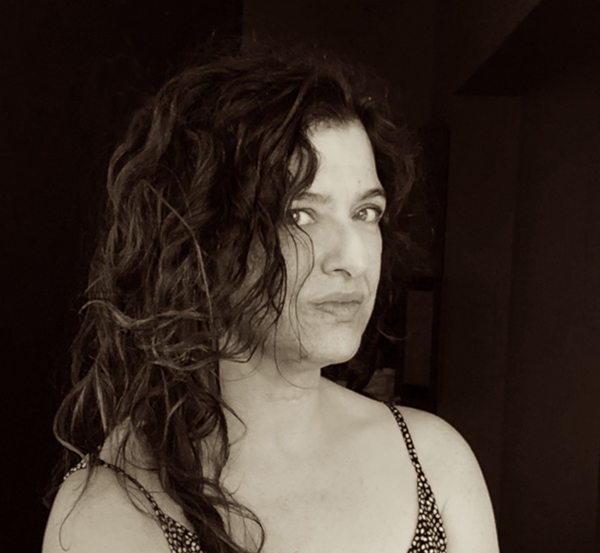Julie Fowells grew up in the kind of small town every teenager wants to get out of, and now spends much of her time trying to document things that suggest the kind of life she left behind. Her work primarily explores the tension between the natural world and humanity’s shadow over it, attempting to capture our collective desire to experience it, our efforts to contain/control it, and our attempts to push it aside.
She received a BA in Aesthetics from Occidental College and the University of Sussex, and an MFA in Photography/Fine Art from the California Institute of the Arts. Based in Los Angeles, she currently works as a freelance photographer, producing images for clients as diverse as Virgin Records, Sunset Publishing, Proctor and Gamble, and many non-profit institutions. In addition to numerous group shows, she's had solo exhibitions in Los Angeles, New York, and London.
